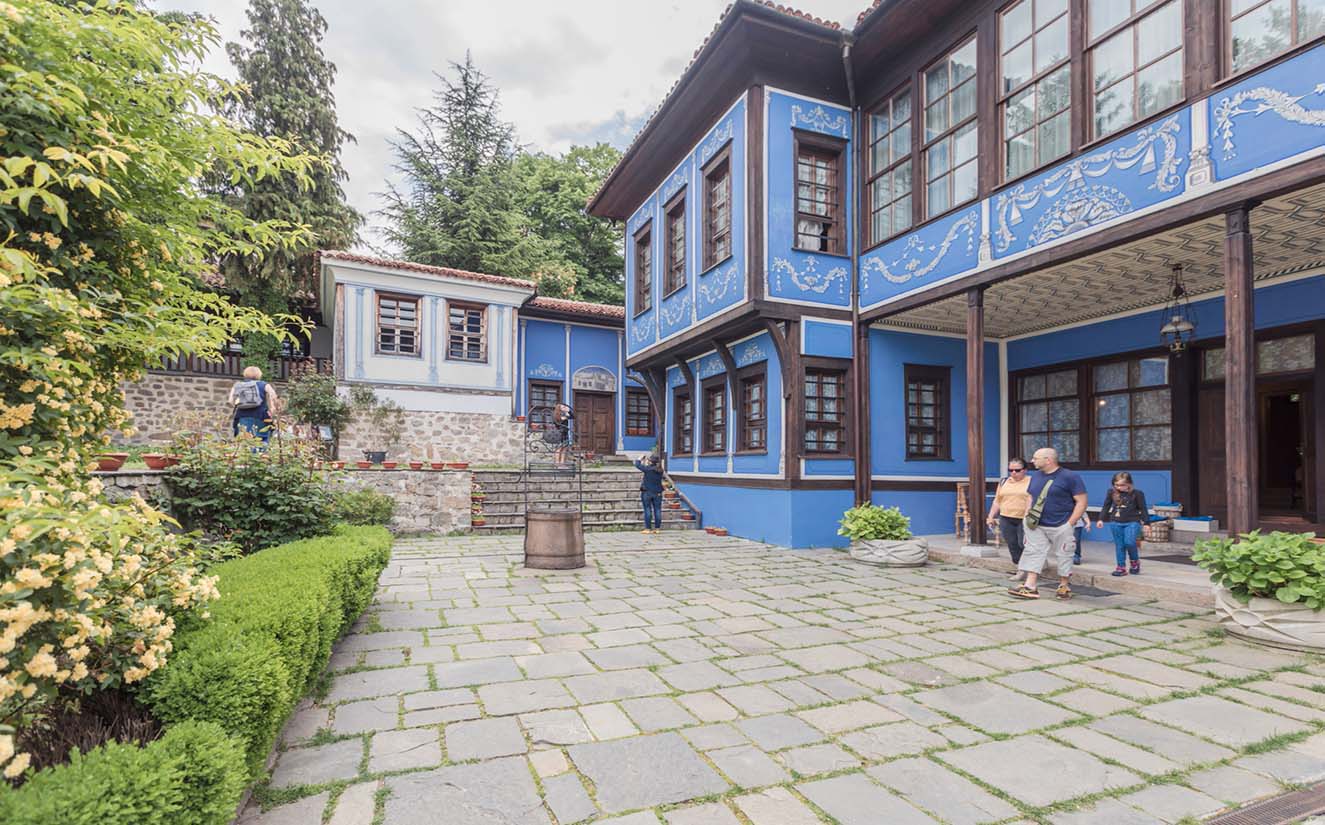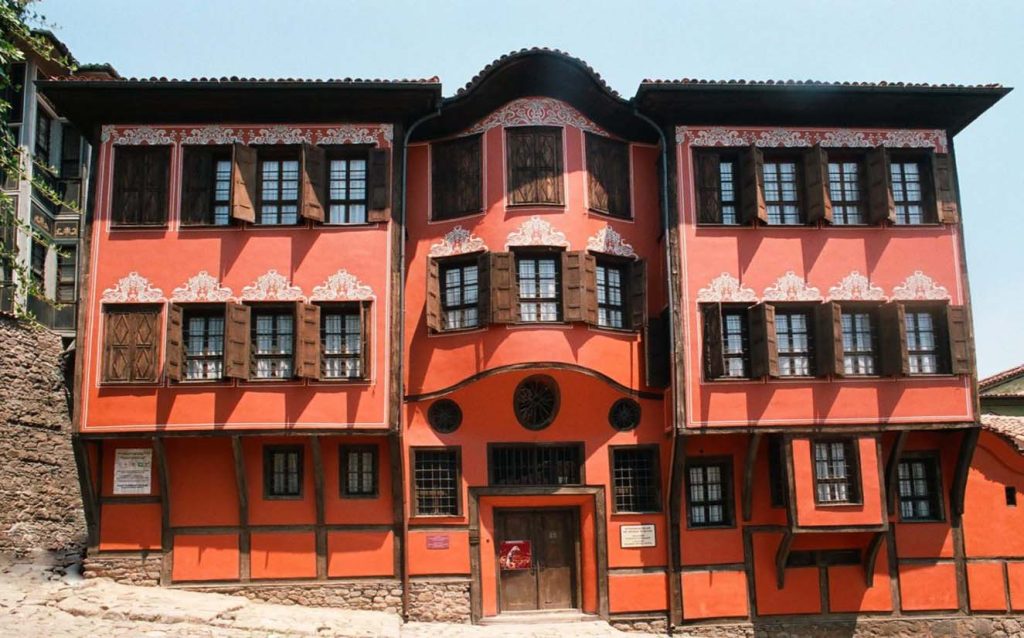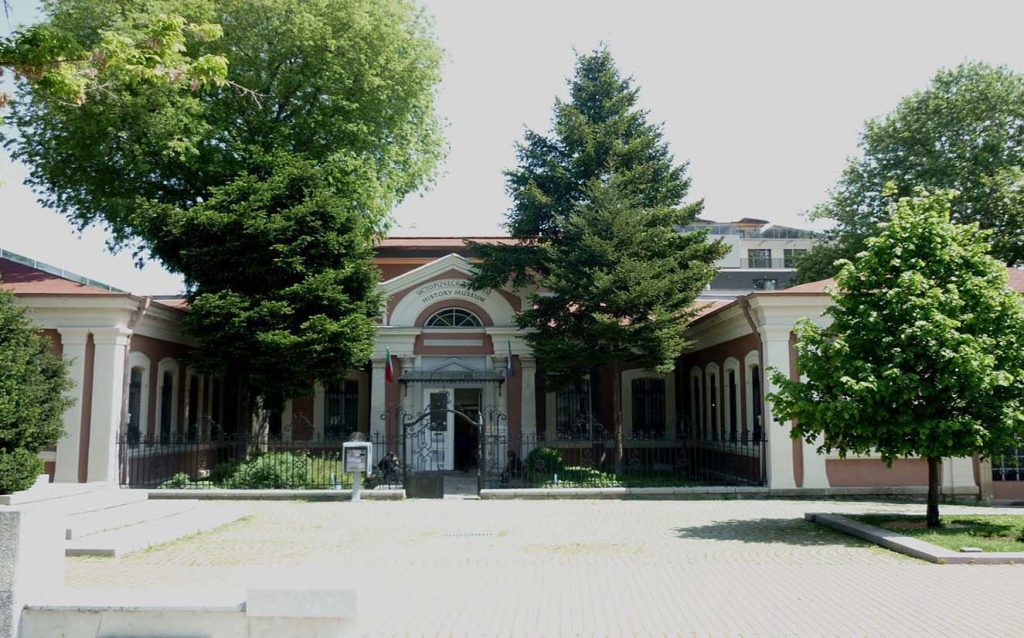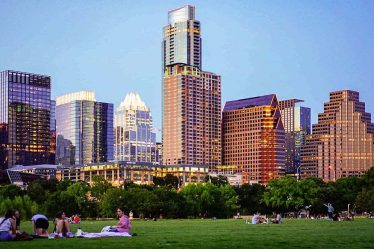
Plovdiv, one of Europe’s oldest continuously inhabited cities, is a living testament to Bulgaria’s rich history and cultural heritage. I had the privilege of immersing myself in the city’s past, and I invite you to join me on a captivating journey through Plovdiv’s historical landmarks and museums. Prepare to step back in time and uncover the fascinating stories that have shaped this remarkable city.
1. Roman Theatre of Philippopolis:
Our journey through Plovdiv’s history begins with a visit to the Roman Theatre of Philippopolis, a magnificent open-air amphitheater that dates back to the 2nd century AD. This well-preserved ancient theater once hosted performances for thousands of spectators and continues to do so today, providing a unique opportunity to witness history come alive.
2. Plovdiv Regional Historical Museum:
Located in a beautiful 19th-century building, the Plovdiv Regional Historical Museum is a treasure trove of artifacts and exhibits that narrate the city’s history. From Thracian treasures to medieval artifacts, this museum offers a comprehensive look at Plovdiv’s evolution over the centuries.

3. Ancient Stadium of Philippopolis:
Explore the Ancient Stadium of Philippopolis, where athletic competitions and events once took place. The stadium’s impressive architecture and well-preserved remnants offer insights into the daily life of the city’s inhabitants during Roman times.
4. The House of Culture and the Museum of History:
Admire the House of Culture, an architectural gem in the heart of Plovdiv. Within its walls, you’ll find the Museum of History, where exhibitions showcase the city’s diverse cultural heritage, including the Bulgarian National Revival period.
5. Archaeological Complex Odeon:
The Archaeological Complex Odeon is another Roman gem in Plovdiv. This ancient structure, believed to have served as a small theater or concert hall, is a testament to the city’s Roman past.
6. Historical Old Town Architecture:
As you wander through Plovdiv’s Old Town, take in the architectural beauty of the Revival-era houses. These charming buildings feature distinctive facades, wooden balconies, and cobblestone streets, creating a captivating atmosphere that harks back to the 19th century.
7. The Museum of Natural Sciences:
For a change of pace, visit the Museum of Natural Sciences, where you can explore Plovdiv’s natural history through a collection of fossils, minerals, and taxidermied animals.

8. The Icon Gallery:
The Icon Gallery of Plovdiv is home to a vast collection of religious icons, showcasing the spiritual and artistic heritage of the region. The intricate craftsmanship of these icons is a testament to the city’s religious history.
9. Historical Churches and Mosques:
Plovdiv boasts a rich religious heritage, with numerous historical churches and mosques throughout the city. Be sure to visit the Saint Marina Church, Djumaya Mosque, and the Church of St. Constantine and Elena, each with its own unique history and architecture.
10. Kapana Creative District:
Conclude your historical journey in the modern yet historically significant Kapana Creative District. This vibrant area is dotted with art studios, galleries, and cozy cafes, showcasing the city’s artistic and creative spirit.
Plovdiv’s historical landmarks and museums offer a captivating journey through time, allowing you to connect with the city’s past while appreciating its vibrant present. Whether you’re a history enthusiast, an art lover, or simply seeking a deeper understanding of Bulgaria’s cultural heritage, Plovdiv has something to offer everyone. So, step back in time and embark on a memorable exploration of this charming city’s history and legacy.


